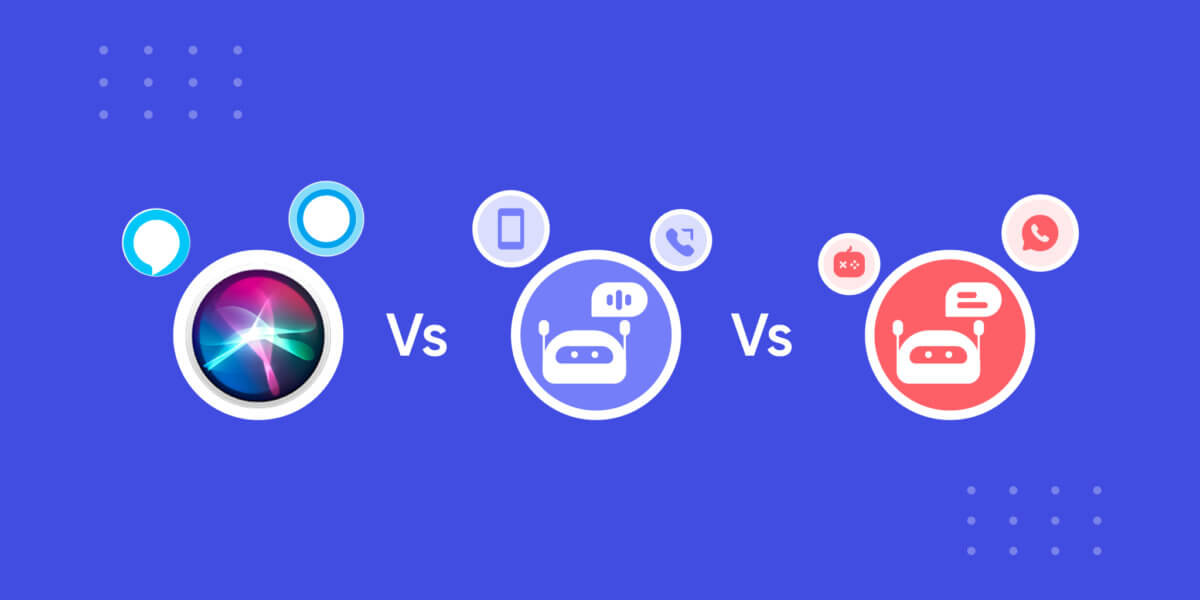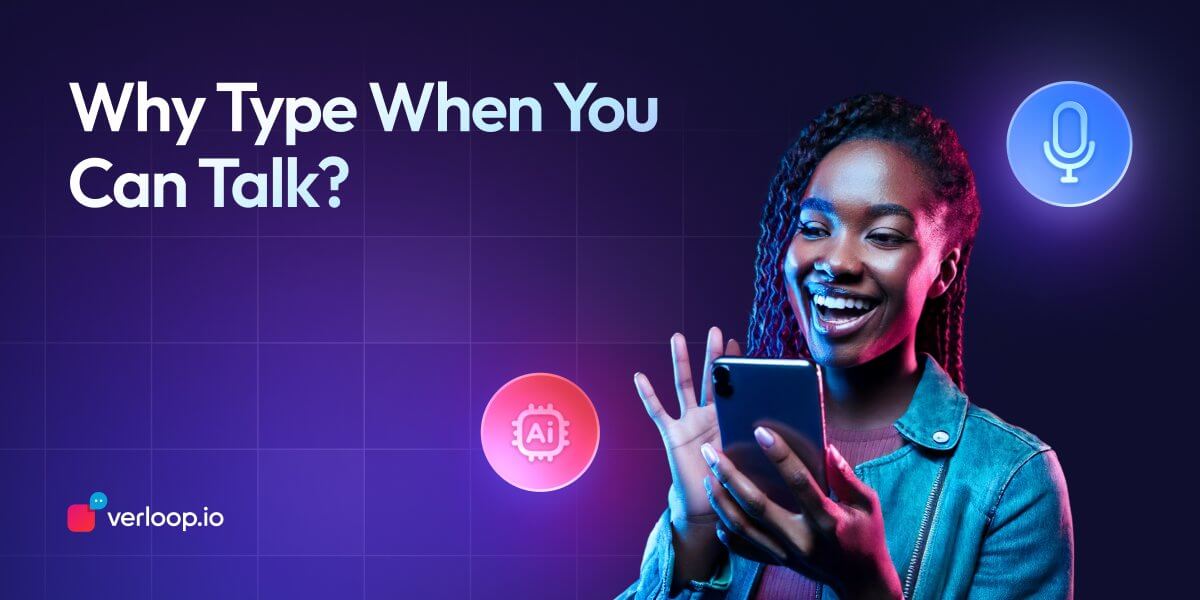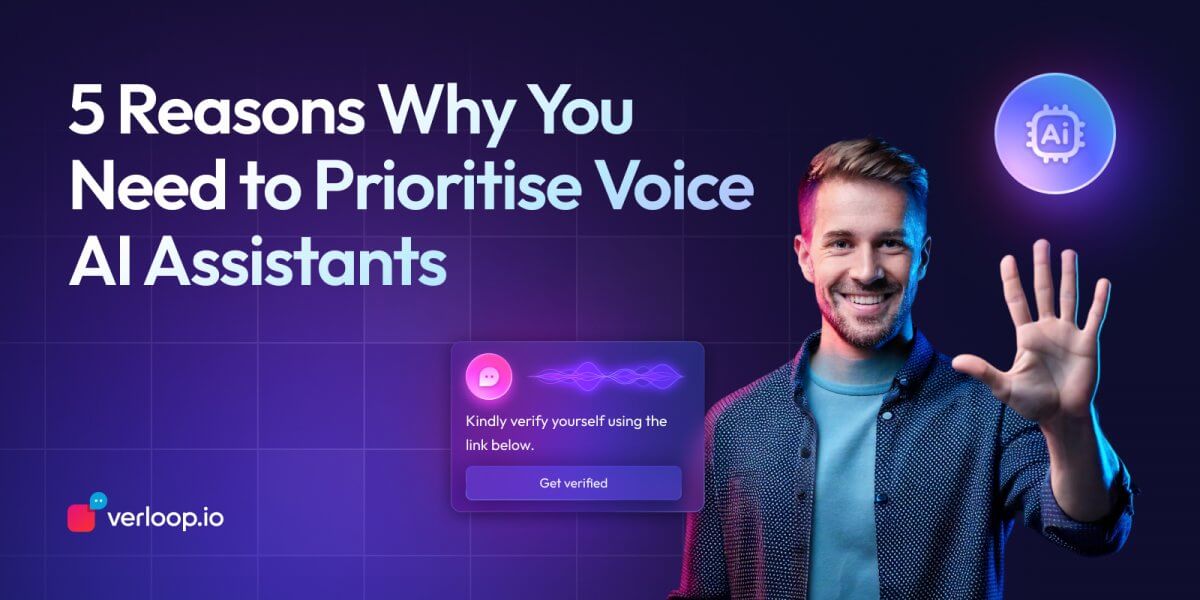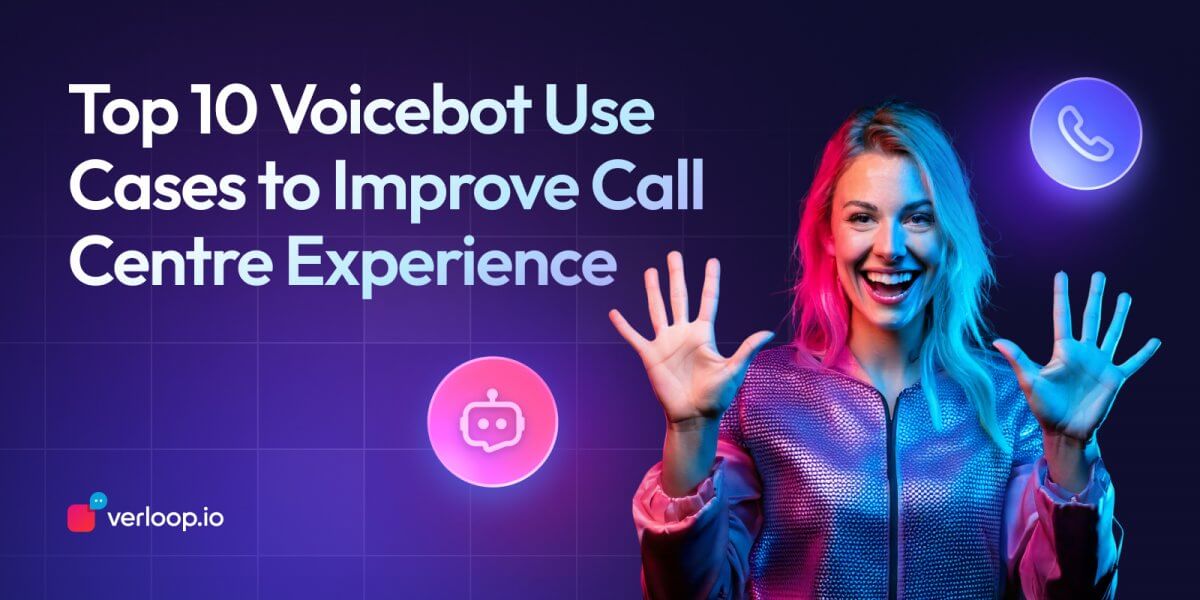How is a Voice Assistant Different From Voicebot and Voice Chat?
- March 25th, 2025 / 5 Mins read
-
 Aarti Nair
Aarti Nair

How is a Voice Assistant Different From Voicebot and Voice Chat?
- March 25th, 2025 / 5 Mins read
-
 Aarti Nair
Aarti Nair
Same Sound, Different Tune – The World of Voice Technology
Let’s say you’re trying to order a pizza. You call the restaurant, and instead of a human, an AI-powered assistant picks up. It asks for your order, confirms your address, and even remembers your last order—no miscommunication, no long wait times. Now, was that a voice assistant, a voicebot, or voice chat?
Voice technology is booming, with nearly 50% of all searches expected to be voice-based. But while many terms—voice assistant, voicebot, and voice chat—are used interchangeably, they each play a different role in customer interactions. Think of them like members of a band: the voice assistant is the lead singer, voicebots are the backup vocalists handling specific tasks, and voice chat is the sound engineer, making sure communication flows smoothly.
So, what sets them apart, and more importantly, how do they improve customer experience? Let’s break it down, one voice at a time!
Keep reading to learn the differences between the various types of voice technologies and how they could help your business communicate effectively.

How do AI voice assistants differ from voicebots and AI voice chats?
If you’ve ever yelled, “Hey Siri” or “Okay Google,” only for your device to spring to life, you’ve interacted with a voice assistant. But have you ever spoken to a voicebot when calling customer support or used voice chat to resolve an issue?
While they may sound similar (literally), these technologies serve different purposes.
Think of it this way: A voice assistant is like your personal butler—ready to assist with tasks, answer questions, and even crack a joke. A voicebot, on the other hand, is the receptionist—trained to handle customer queries efficiently within a structured environment. And voice chat? That’s like texting, but with your voice instead of your fingers.
1. AI Voice assistants
Voice assistants are open-ended voice support systems that can carry on intricate conversations with the user. Alexa, Siri, and Bixby are some popular voice assistant examples that can help people get around in daily life. Their NLP and automatic speech recognition capacity help the system understand most comments or commands provided by a person. Voice assistants enhance the user experience end-to-end on the app or mobile they are built for. For example, a bank can build a voice assistant to act as a personal concierge for a user navigating through their mobile app. It can help the user when they are stuck or need assistance to navigate anything on the app’s interface with ease.
2. Voicebots
Contrary to this, voicebots are capable of comparatively less complex conversations. Also built using NLP and ASR, they find great use in the business arena as it helps in automating customer care units. Voicebots can answer basic pre-entered questions and only redirect queries of a more elaborate nature. While a voice assistant can carry on more elaborate two-way conversations, voicebots work best for the situations and use cases they have been programmed for. Moreover, voicebots work great for outbound calls like sending reminders, communicating offers and deals, giving status updates etc. Read: 5 tips to use a voicebot to improve user experience
3. Voice chat
Voice chat is a completely different ball game in this regard. They do not offer straightforward functionality, rather they enable voice conversations over chatting services. A common example of this would be the voice note feature on WhatsApp. Voice chat is widely used in the gaming industry as well since people engaged in multi-player games like to communicate and coordinate with each other using the in-built feature.
Thus, voice assistants act as a companion to the user and are more aligned with futuristic AI technologies. Voicebots and voice chats find a variety of uses in the modern-day market and automate laborious processes.
| FEATURES | VOICE ASSISTANT | VOICEBOT | VOICE CHAT |
| FUNCTION | Voice assistant is powered by artificial intelligence that completes daily tasks through auditory commands. | Less sophisticated voice aid is used for simple business demands. Also powered by AI. | Audio-enabled telecommunication integrated into an application allows two or more users to chat online. |
| OMNICHANNEL | Yes | Yes | Yes |
| TECHNOLOGY USED | AI, NLP, Voice recognition, Generative AI | Machine Learning, NLP | ML, VoIP, NLP |
| TARGET USER BASE | Individuals looking for an AI personal assistant or tech-based shopping assistants for eCommerce websites | Businesses looking to automate tasks such as lead generation, customer care via basic FAQ answering, etc. | One-on-one chatting enthusiasts using messaging services |
Suggested reading: What is Voicebot? Use Cases, Benefits and Examples
Picking The Ideal Conversational AI – Voicebots vs Chatbots?
How can voice assistants be used?
Voice assistants have a plethora of uses in every sphere of life which makes them one of the most sought-after products in the market. Here are some voice assistant use cases to help you make an informed decision about availing it.
Business implementations
Voice assistants can double up as personal assistants in a workspace. They get petty tasks such as writing emails, looking up things on the internet and finding files done within seconds, increasing the overall productivity and efficiency. Voice payments are an emerging technology as well in the sales arena.
According to a recent study on voice and text-based assistants, consumers in the retail sector showed a future preference for voice assistant technology that was 15% higher than chat support. Thus, eCommerce stores must provide voice-enabled shopping assistance to website visitors to increase their customer retention.
Personal uses
Fundamentally, voice assistants were first created to make daily life easier. They help you access all your tech resources without laying a finger on any device. Popular voice assistants can read you the weather report, play you music, narrate directions and even play the news – the list of utilities just keeps going on.
FAQs
1. Should I switch to a voice assistant if I already use a voice bot or voice chat for my business?
Apart from its benefits for personal usage, a voice assistant is a quick and effective way to handle customer service requests, manage human resource requirements, and handle day-to-day office operations including scheduling appointments, sending surveys, and performing daily duties – but it cannot provide 24/7 customer support to your clients directly. So instead of switching from voicebot, use it as an addition to your already existing business voice tech.
2. Do I need to train my voice assistant?
No, voice assistants come pre-trained to understand your needs and make your daily life easier. You can start using them instantly after purchase.
3. Is my personal data protected while using a voice assistant?
Privacy, data and identity protection are some of the primary features of the best voice assistant devices, given the time and information that goes into the system. Thus, as long as you’ve picked a good service provider, all your data will stay encrypted and not be stored in unwanted places.
4. How do I choose between a voice assistant, chatbot, and voice bot?
Voice assistants quite literally act as an assistant to you and carry out digital tasks based on voice command. On the other hand, chatbots use a centralised system to answer customer queries via chat whereas voice bots accomplish the same thing by evaluating a client’s voice. Thus, it’s best to choose between the three based on this distinction.
Conclusion
Voice assistants are best utilised to make your personal life easier whereas voice chat and chatbot mechanisms find great use in the customer service sector. But no matter what your needs may be, Verloop.io can provide you with Conversational Intelligence solutions that transform your business and user experiences for an upward CSAT trajectory. So if you want 24/7 client care that is affordable and high-quality, Verloop.io is your knight in shining armour.

FAQs
1. What is the key difference between a voice assistant, a voicebot, and voice chat?
A voice assistant (like Siri or Alexa) is designed for personal use, performing tasks and answering queries. A voicebot is an AI-powered customer support tool that automates responses in a structured way, often used in call centres. Voice chat refers to real-time, voice-based communication in chat applications, typically between humans.
2. Can businesses use voice assistants for customer support?
Not in the same way they use voicebots. While voice assistants provide general help, they lack the deep integration needed for customer-specific queries. Voicebots, however, are built to handle structured interactions and are trained on business data.
3. How does a voicebot improve customer experience?
Voicebots can handle high call volumes efficiently, provide 24/7 support, and reduce wait times by instantly resolving common queries. They improve customer satisfaction by offering quick, consistent, and personalised responses.
4. Is voice chat the same as a voicebot?
No, voice chat is a communication method that enables voice-based conversations between humans, like WhatsApp voice messages or live support calls. A voicebot, however, uses AI to automate responses and doesn’t require human intervention.
5. Which solution is best for businesses: voice assistant, AI voicebot, or voice chat?
It depends on the business needs. If the goal is to automate customer interactions at scale, an AI voicebot is the best fit. If businesses want human-led, voice-based support, voice chat works well. Voice assistants are better for general task automation and personal assistance rather than business-specific customer service.






